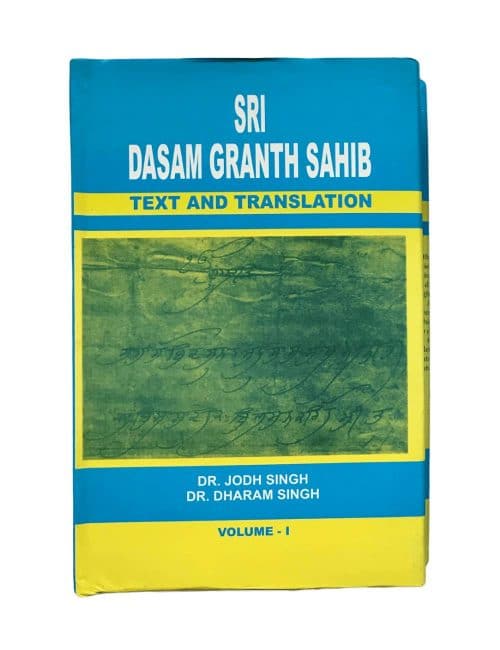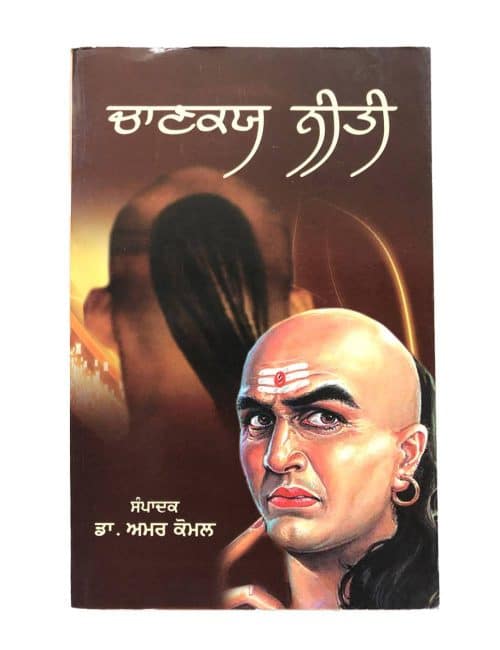Guru Ji says:
ਗੁਰ ਕੀ ਸੇਵਾ ਗੁਰ ਭਗਤਿ ਹੈ ਵਿਰਲਾ ਪਾਏ ਕੋਇ ॥੧॥ ਰਹਾਉ ॥
Service to the Guru is worship of Guru, rare are those who obtain it!
Before we can understand this divine wisdom and instruction, we must be able to define Guru… Why?
Guru Ji says:
ਗੁਰ ਕਉ ਜਾਣਿ ਨ ਜਾਣਈ ਕਿਆ ਤਿਸੁ ਚਜੁ ਅਚਾਰੁ ॥
Knowing the Guru, they still do not know the Guru, what then is the use of their life/actions?
It is clear, that the knowledge of what Guru truly is, was a big subject during Guru ji’s time as well as today. Gurus in the form of ‘physical people’ have been around for millennia. Many a time have they become the object of worship (physical body), and this indeed is what leads to idol worship of statues and paintings later (obsession with the physical).
GurBani draws us away from this and gives us gyaan as to what Guru actually is:
Shabd is the Guru, consciousness and sound are the disciple.
When Guru Nanak Dev Ji gave Guruship to Bhai Lehna, what was it that made him become Guru Angad Dev Ji? What was that ‘jaagdi jyot’? What was that light? It was the understanding of Guru Ji’s wisdom (different from intellect and knowledge).
Knowledge understood through practice is wisdom. Gurus knowledge is understood through practice of naam simran (dhuni, sound). Only the spiritually conscious (within whom the sound of naam resounds) become the perfect Sikh, like Bhai Lehna. There is much therefore to be said for gyaan and simran.
Simran is done in 2 formal ways. In sangat and solo. Simran done in sangat has the objective of motivating and inspiring a person to do the more difficult exercise of doing simran solo. Simran is easier to commit to and do in sangat. Same way, it is easier to exercise in a gym with people around you doing the same in comparison to exercising by yourself.
But there is ‘good and bad ‘sangat simran. Simran done without guidance, prem, nimrata and ekta can be time wasted and worse, off-putting. For sangat simran to be successful, it must be like a symphony. Each individual voice must complement the the next and all must sound beautiful and harmonious, and blend to become a single composition. This requires ‘solo practice’ from individuals in order perfect the group effort.
Only when numerous voices become one; There is simran; There is ekta; There is anand. So long as there is any mutiny (haumai) in the sangat (individual unwilling to blend into the greater voice) there is potential for chaos.
Seva is no different. In order for a team of sevadaars to work together for the betterment of the Khalsa Panth and humanity, their minds and hearts MUST be in absolute sync. Their beliefs, their life priorities, their commitment and their effort must be equal, even though tasks done may all vary. Doing seva in a group is quite easy, as many of you know who have volunteered for various Sikh charities and participated in group efforts. But to do seva solo, even as part of a larger group (but working solo), without any recognition… is very difficult. Just like simran. It is this solo seva, which is the ideal. Because it means with or without sangat (i.e. charities or jathai) your seva never stops. This way the whole Panth becomes sevadaars.
How then can a sangat ensure seva is successful for years to come? How can they ensure their seva is nishkaam (selfless) and not tainted with haumai (ego)? How can we ensure the sangat does not CRACK and years of effort and seva do not go down the drain (as sadly often happens)?
We must revisit Guru Jis formula:
ਗੁਰ ਕੀ ਸੇਵਾ ਗੁਰ ਭਗਤਿ ਹੈ ਵਿਰਲਾ ਪਾਏ ਕੋਇ ॥੧॥ ਰਹਾਉ ॥
Service to the Guru is worship of of Guru, rare are those who obtain it!
Bhagti of GurShabd (simran) must be the regular practice of the serving sangat. Their bhagti must be ONE. Their simran harmonious and done with one heart and one mind, becoming ONE voice.
This will ensure their motivation for seva remains pure. The harmony developed in sangat through simran, is blessed by the Guru, and then carried forward into the realm of physical panthic seva.
True Seva is born of true Simran.
As the popular saying goes “a family who prays together, stays together”.
ਵਾਹਿਗੁਰੂਜੀਕਾਖਾਲਸਾਵਾਹਿਗੁਰੂਜੀਕੀਫਤਹਿ







